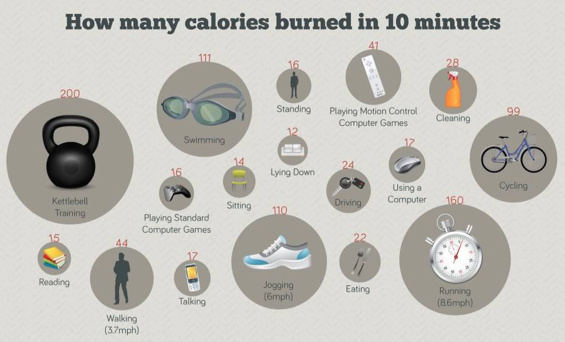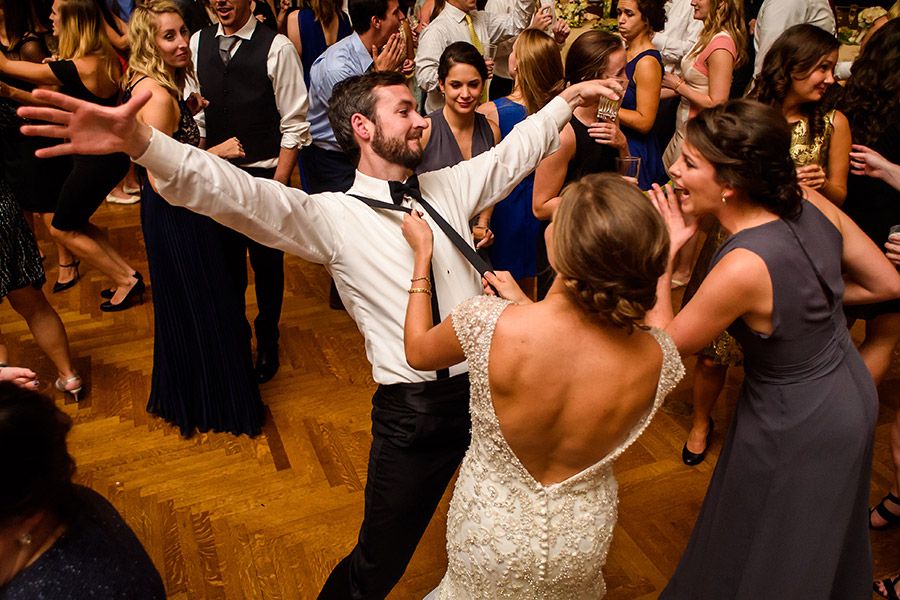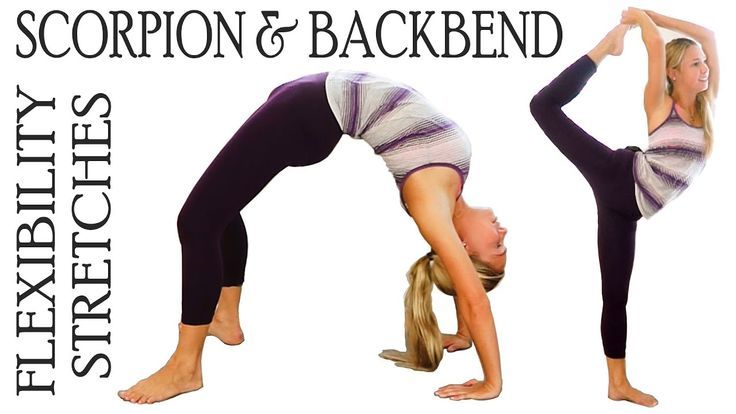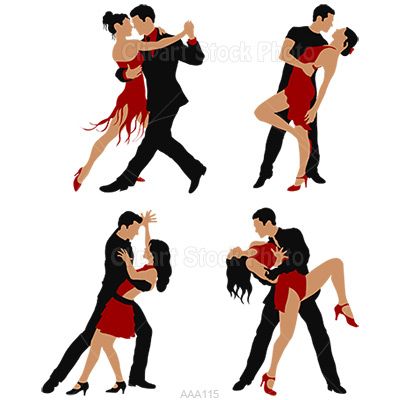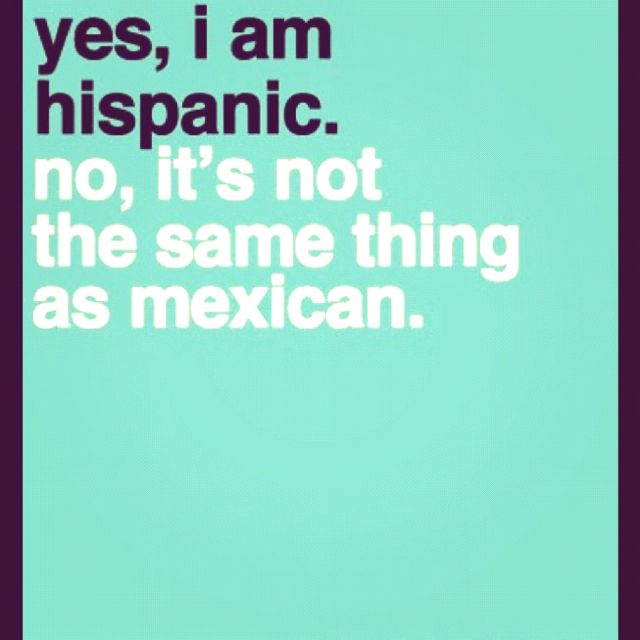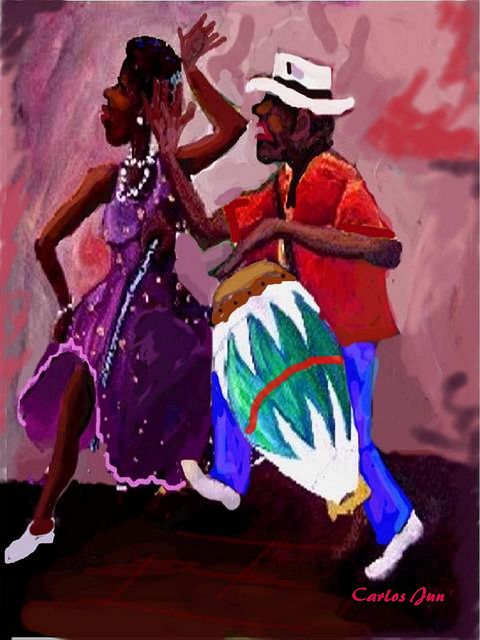How many calories does pole dancing burn
How Much Do You Really Know About Pole Dance Fitness?
An increasing number of people are learning that pole dancing is not "slutty" or an activity that just strippers do. However, there are still many misconceptions and prejudice surrounding pole dance fitness. This post will provide an unbiased explanation of what pole dance fitness is, the pros and cons of pole dance, and how many calories you can burn in one pole dance class.
What is Pole Dance Fitness?
Pole dance fitness is a type of performance art that involves dance and acrobatics centered around a pole. This exercise gives your body a full workout, including strength-based internal training and isometric muscle contractions. In other words, it requires a lot of strength. Even men are amazed at how difficult it is their first time trying pole dance fitness.
Although many people today associate this dance form with female strippers, it is an exercise that dates back 800 years to the traditional Indian sport mallakhamb, which was performed on a wooden pole. .. usually by men. If you watch a few videos of mallakhamb, you'll see that it's not that different from modern-day pole dance.
Pole dance fitness provides a myriad of benefits ranging from physical to mental. Many women feel more confident through challenging themselves with pole dance and love the great body that comes with it.
Benefits Of Pole Dancing Include:
- Weight loss
- Increased confidence
- Better mental health
- Greater flexibility
- Stronger muscles
- Proper posture
- Gives you a challenge
- Stress relief
- Strengthened bones and joints
- Better heart health and blood flow
- Greater balance and mobility
- Regular pole dance practice makes childbirth easier
In a one-hour pole dance class, you can burn approximately 250-350 calories. According to Angela Edwards, owner of PoleLaTeaz, women who are 40-50 pounds overweight usually lose the weight in 6-8 weeks with pole dance fitness.
Women are encouraged to wear stilettos during their pole dance sessions because it challenges the body. You'll get more out of the workout in heels. However, if you are unable to wear stilettos, ballet shoes or bare feet are perfectly acceptable.
Pros Of Pole Dance Fitness
- A sense of accomplishment when you master a difficult move.
- Become more comfortable in your own skin.
- Embrace your sexy side.
- Stay in shape while having fun.
- Become physically stronger.
- Overcoming challenges and learning difficult moves gives you more confidence in other areas of your life.
- Relieves stress.
- You will probably get a few bruises, scrapes, and burns while learning.
- A risk of injury like falling on your head.
- It will feel uncomfortable at first to push yourself out of your comfort zone.
- You will likely feel dizzy in the beginning until your balance and coordination improve.
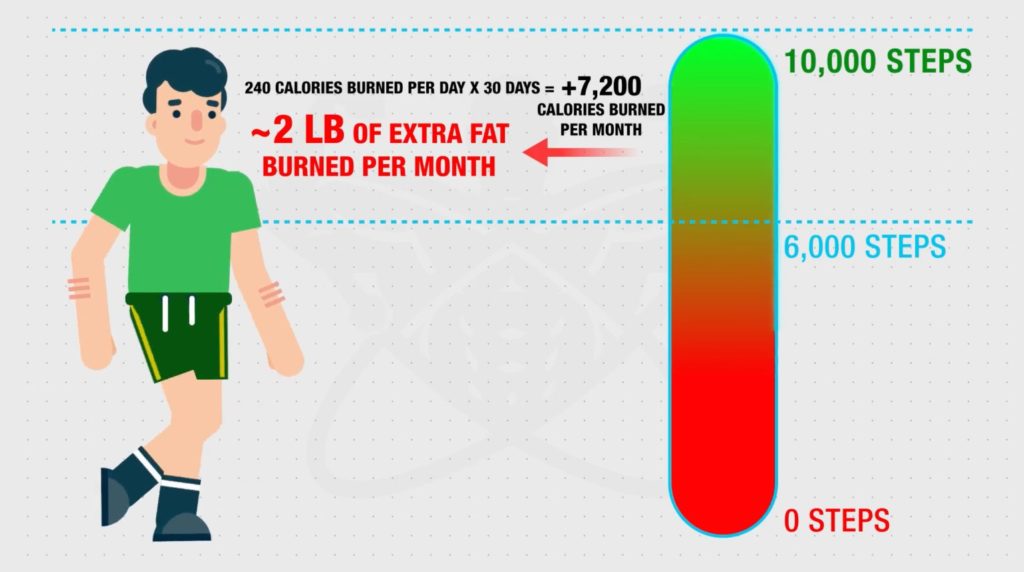
Following pole fitness Instagram accounts can inspire you and encourage you to keep going as you learn pole dancing. It will also help you develop a deeper appreciation of this performance art. Some of these Instagram users provide helpful pole dance tips with their posts too.
@maggie_falling: Maggie Ann is a pole dancer who won Most Athletic in the USA's National Aerial Pole Art in 2014 and was the level 4 champion in the 2014 Atlantic Pole Championships. Her Instagram account consists mostly of videos, which you can use to get ideas for your own routines.
@anastasiaskukhtorova: Anastasia Skukhtorova is a professional pole dancer from Russia, who won the Pole World News Picture Perfect Award (2014). You will find helpful pole dance tips and inspirational images on her Instagram. An example of a tip she included with a picture is to train with stretch bands because it opens your hips more.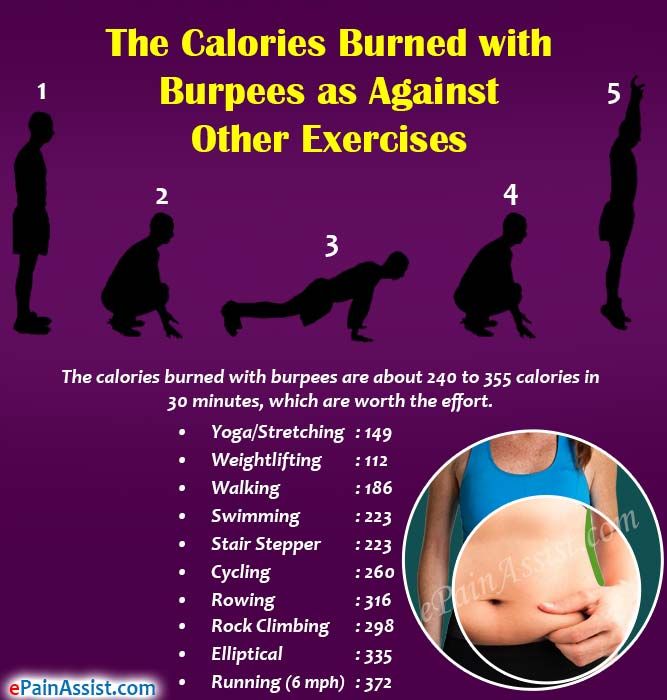
@greshilovevgeny: Men who are looking for pole dance inspiration should follow Greshilov Evgeny. He won the World Pole Sport Championship in 2012 and Best Male of the Pole Art 2013 Championships.
Pole dance fitness is a reputable form of exercise just like lifting weights, running, and dancing. Many people who try pole dancing say that it's much more difficult than they expected and thus develop respect for professional pole dancers.
Photo Credit: Shutterstock
How Many Calories Does Pole Dancing Burn?
Ah, yes. THAT question. 🙂
One of the great things about starting a pole dance or pole fitness class are the health benefits – from weight loss to muscle building and toning, pole can have an amazing impact on your body. Add in increased flexibility, endorphins, and even the confidence and connection to oneself that pole can build, and you’ve got an activity that can change your life in many ways.
But, what about the calories?
Let’s face it – calorie burning is just one of those things that a lot of us think about.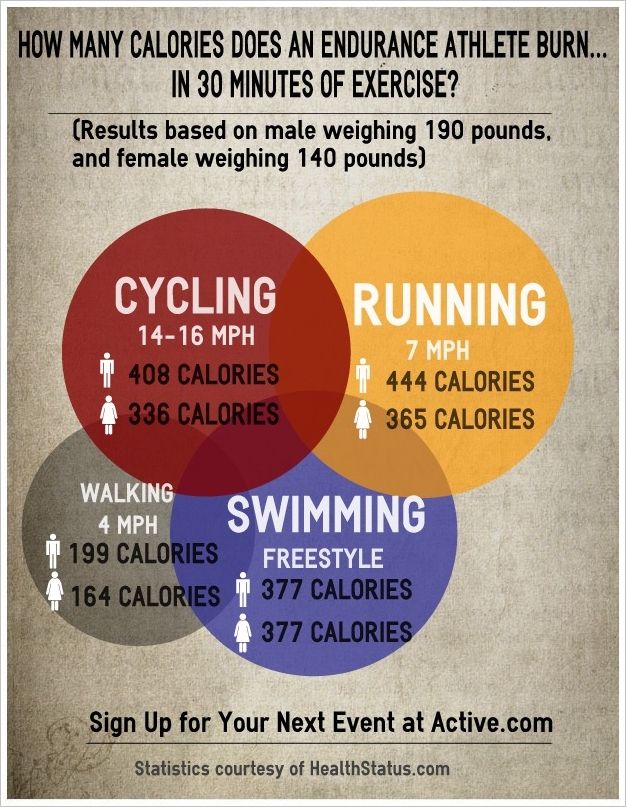 “Did I work off that donut? Those gummi bears? That extra bit of cheese?” (Okay, maybe not everybody eats as crappy as I do…) A few weeks ago, I posted about my quest to track my calories better. I’ve been keeping up with my food journal via the MyFitnessPal app on my phone, which has been a decent tracker – there are tons of foods already logged into the database, which can make it easier to find and track what you’re eating, but you can also add your own entries if you have a product label handy (there’s also an option to scan product bar codes, but I haven’t tried it). You also have the option of entering your workouts to track calories expended, but the totals are a little suspect – and the options aren’t great. Naturally, there was no option for pole dancing or pole fitness in the database. 🙂 The results that I found in running online searches weren’t great, either. In general, they quoted about 250 calories, but there was no way to really quantify it. I wanted something that I felt was more accurate for me.
“Did I work off that donut? Those gummi bears? That extra bit of cheese?” (Okay, maybe not everybody eats as crappy as I do…) A few weeks ago, I posted about my quest to track my calories better. I’ve been keeping up with my food journal via the MyFitnessPal app on my phone, which has been a decent tracker – there are tons of foods already logged into the database, which can make it easier to find and track what you’re eating, but you can also add your own entries if you have a product label handy (there’s also an option to scan product bar codes, but I haven’t tried it). You also have the option of entering your workouts to track calories expended, but the totals are a little suspect – and the options aren’t great. Naturally, there was no option for pole dancing or pole fitness in the database. 🙂 The results that I found in running online searches weren’t great, either. In general, they quoted about 250 calories, but there was no way to really quantify it. I wanted something that I felt was more accurate for me. Also, since I started tracking calories in an attempt to shed some extra weight, I wanted more accuracy.
Also, since I started tracking calories in an attempt to shed some extra weight, I wanted more accuracy.
After some research, I purchased a Polar Ft40F heart rate monitor to wear during my pole and lyra classes, to try to get an average of calories burned in each class.
Polar FT40F White (Women’s Heart Rate Monitor)
I’ve been wearing it in every class for the last three weeks. The model features a watch band computer that logs and tracks the results, as well as a chest strap and monitor attachment to wear while working out. You have to enter your stats in the computer in order to get proper results, i.e. height, weight, age. So, keep in mind that this data is based on my specific stats!
Here are my results (so far):
Pole Class 1: 561 calories burned, 100 minutes in length
Lyra Class 1: 491 calories burned, 60 minutes in length (private session)
Pole Class 2: 586 calories burned, 90 minutes in length
Lyra Class 2: 423 calories burned, 96 minutes in length (full class)
Pole Class 3: 523 calories burned, 100 minutes in length
Each of my pole classes is scheduled to be 90 minutes in length – I start the monitor as soon as we begin our warm up and keep it on until after our freestyle at the end of class, when I notice my heart rate falling again. My class spends about half an hour on our warm up, which consists of stretching, calisthenics, and some aerobic activity from things like ab sets, planks, leg work, etc. Our warm up is tough and meant to condition for aerial – it’s less about connecting to the music and the flow of dance and expression, and more about getting you to the point of being able to get your butt over your head.
My class spends about half an hour on our warm up, which consists of stretching, calisthenics, and some aerobic activity from things like ab sets, planks, leg work, etc. Our warm up is tough and meant to condition for aerial – it’s less about connecting to the music and the flow of dance and expression, and more about getting you to the point of being able to get your butt over your head.
We work on a lot of pole tricks at my level – fewer spins and floor work (although, it is included depending on the lesson for the class), more climbs, inversions, mid-air tricks, lifts, and aerial training. While we’re not constantly moving, when we are moving, it’s usually in larger, more difficult movements. So, there’s a lot of up and down with the exertion – which I’ve heard burns more calories, but I’m not a trainer, so I can’t attest to that for sure. 🙂 An example of what we worked on in my last class: our warm up, followed by revisiting the junkyard swing so we could attempt it in mid-air, then some work on shoulder mount flips (taking the mount into a pencil, then flipping the legs back down to a pole sit), multiple goes at conditioning our aerial twisted grip pencils and ayeshas, a big Chinese grip full body spin, various inversions, and then our freestyle, which was two songs with everyone dancing (4 students in class that night).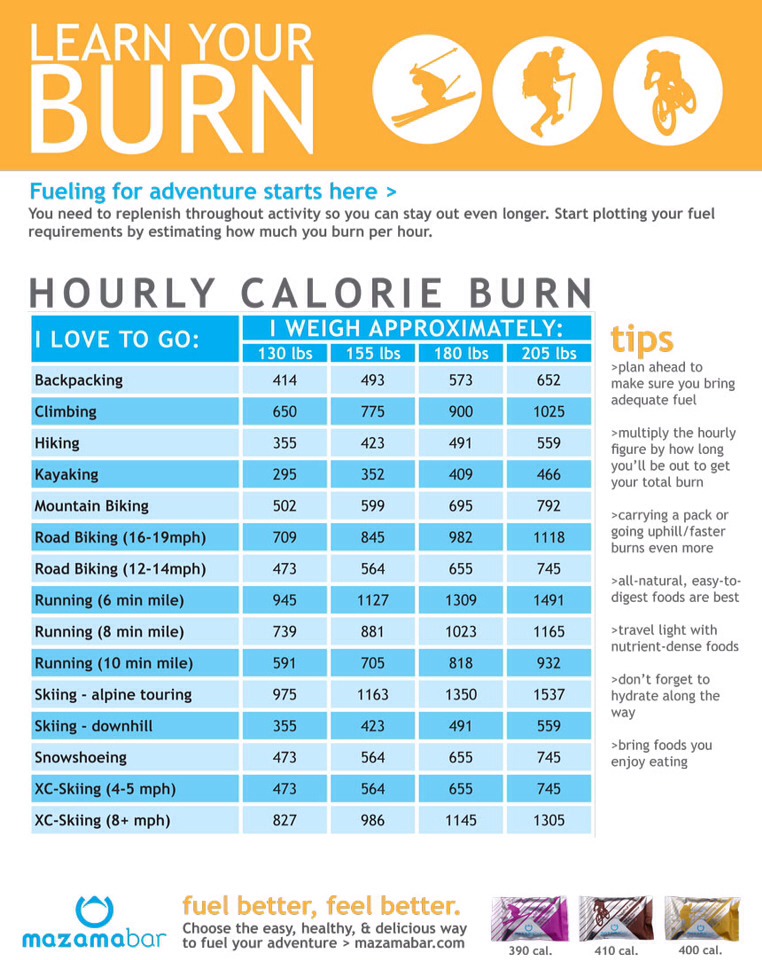
I took two different types of Lyra classes in the last three weeks – an hour long class that ended up being a private (I was the only student registered) and a 90 minute class with six students (and two hoops). I worked harder in the hour class because I was the only student (and boy, did I feel it later), but I still got in a good work out in the 90 minute class. I worked on a variety of tricks in both classes, like splay leg inversions, front balances, and a number of different poses.
Based on my personal data, I burn an average of 557 calories per pole class. I don’t have enough data to do an average for Lyra classes on their own (and I had two different kinds of classes), but when factored in with the pole classes, the average for calories burned doing an aerial arts class is approximately 517. Lyra burns less than pole overall, but a more intense Lyra class (i.e. my one hour long private class) can burn as much as a pole class, even if the Lyra class is shorter in length.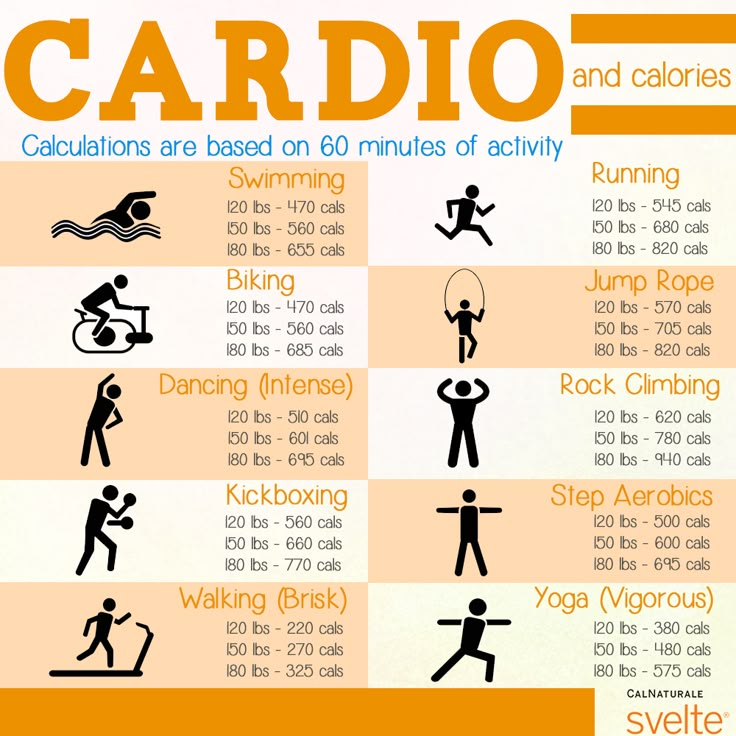 All of the pole classes I took were not super packed with students, enabling me to have more opportunities to get on the pole – I also tried to be mindful of staying still for too long, making a point to try to keep busy so I could burn more calories. Obviously, I would get more accurate results by factoring more classes, which is something I intend to do – I want to continue to track my aerial classes from here on out and see what I come up with!
All of the pole classes I took were not super packed with students, enabling me to have more opportunities to get on the pole – I also tried to be mindful of staying still for too long, making a point to try to keep busy so I could burn more calories. Obviously, I would get more accurate results by factoring more classes, which is something I intend to do – I want to continue to track my aerial classes from here on out and see what I come up with!
Now, as I said, these results are based on my specific statistics…which, after some consideration, I’ll share in the spirit of full disclosure. But, if anyone asks, I’m totally the weight it says on my driver’s license. 🙂
Age: 32, Weight: approximately 156lbs, Height: 5’6″
Also, in the interest of full disclosure: I started tracking calories because I wanted to lose a bit of weight. Yes, I want to slim down for vanity related reasons, but I also wanted to see if it made my transition into aerial easier.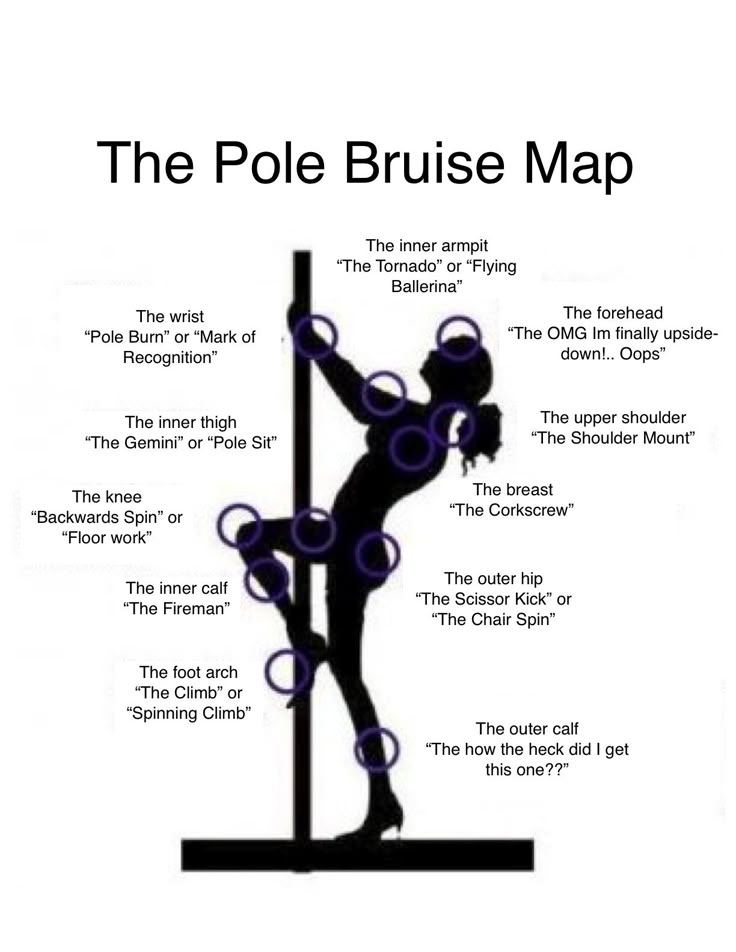 I have gained a lot of muscle since starting pole, but I don’t appear to have lost fat. In fact, my weight has fluctuated up and down over the last two years. While I’m definitely stronger and fitter, I’m not any thinner – I’m a size bigger than when I started. Now, this is not to discourage anyone thinking about pole dance or pole fitness as a weight loss exercise – because people DO lose weight doing it. I just really like candy. And bacon. 🙂
I have gained a lot of muscle since starting pole, but I don’t appear to have lost fat. In fact, my weight has fluctuated up and down over the last two years. While I’m definitely stronger and fitter, I’m not any thinner – I’m a size bigger than when I started. Now, this is not to discourage anyone thinking about pole dance or pole fitness as a weight loss exercise – because people DO lose weight doing it. I just really like candy. And bacon. 🙂
I hope this helps answer some of the questions surrounding how many calories are burned in a pole dance or pole fitness class! I’ll update again in the future, when I have more results, but in the meantime – Happy Poling!
Like this:
Like Loading...
How many calories does each style burn?
Psychologists say dancing is one of the best weight loss methods!
Everything is simple here: more activity - more calories burned, a bonus - a lot of positive emotions. A positive attitude in the process of weight loss is very important.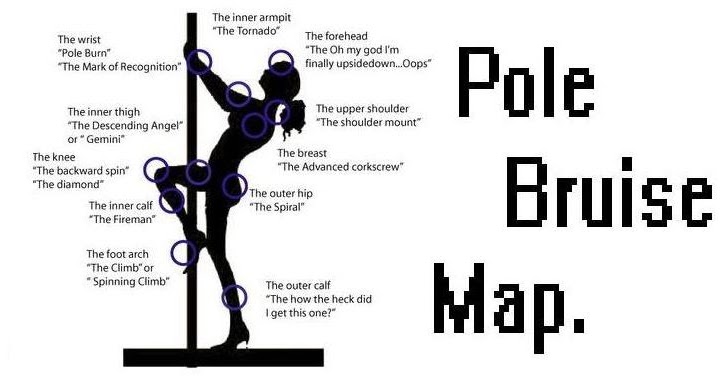
And so, our selection of the 10 most popular dance styles:
1) Ballet - 700-750 kcal / hour
For training, performing classical steps, you can burn about 750 kcal. And in order to look graceful, the trainer will also recommend reducing daily calories to a minimum.
2) Hip-Hop - up to 750 kcal/hour
The main elements and techniques of this style are: body swing, jumps, falls, rotations and light acrobatic movements.
3) Reggaeton - up to 700 kcal/hour
Sharp movements involve all muscles, high-quality cardio load strengthens the heart muscle and “accelerates” the blood. During the dance, the legs, hips and buttocks are strengthened, giving the forms a piquant roundness;
4) Modern Jazz - up to 650 kcal/hour
This "mixture" of elements of classical ballet, ballroom dancing, tap, break and other styles is attractive because it heavily loads almost all muscle groups, and this is extremely important in the process weight loss;
5) Zumba - 525 kcal/hour
Zumba is a dance fitness program that combines fitness exercises and movements from Latin American dances.
6) Pole dance (plastic strip) 500 kcal/hour
Combines cardio, stretching and strength training at the same time. Almost all muscle groups are involved. The main load falls on the legs, stomach, back and buttocks.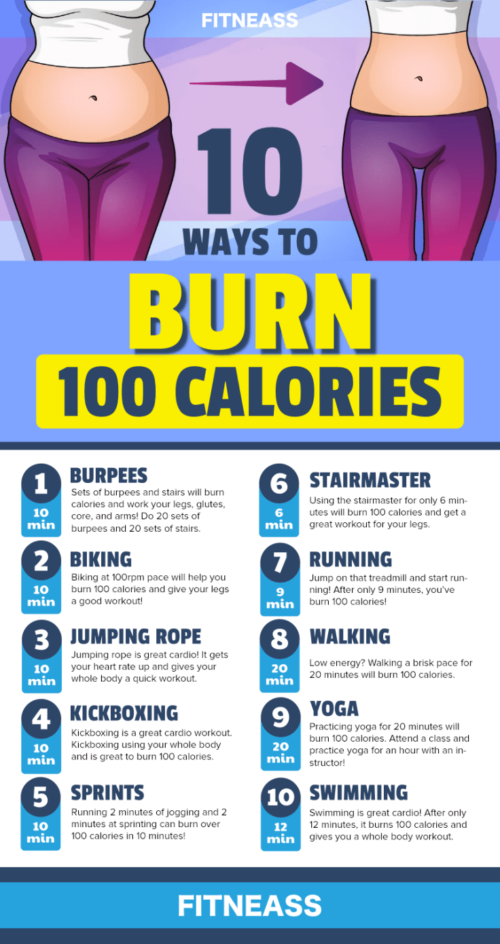
7) Twerk - 500 kcal/hour
Twerk is a very erotic dance whose roots can be found in American southern rap. The dance actively works out the legs and hips, and also increases the density of the tissues of the pelvic bone, which helps to avoid osteoporosis.
8) Latina — 450-500 kcal/hour
Latina is the common name for many areas of Latin American dances, such as mamba, bachata, jive, rumba, cha-cha-cha and others. All of them are united by the fact that the dance is based on energetic movements that actively help fight excess weight.
9) Belly dance or oriental dances - 300-400 kcal/hour
Perhaps this is the most feminine dance of all possible fitness areas and, at the same time, the most uncomplicated in terms of choreography.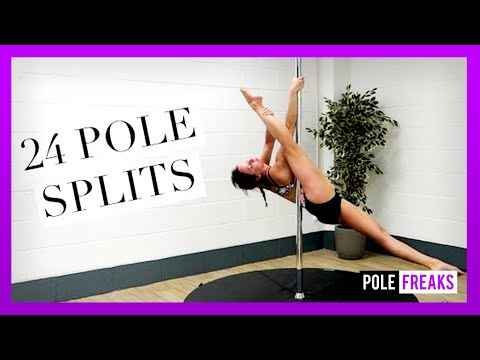 It is difficult to overestimate the benefits of oriental dances, especially for women: while doing belly dancing, you actively shake your hips, as a result of which blood circulation increases in the pelvic organs. This helps to restore the functioning of the ovaries, and also has a beneficial effect on the uterine mucosa. With the help of oriental dance, spasms during the menstrual cycle are reduced.
It is difficult to overestimate the benefits of oriental dances, especially for women: while doing belly dancing, you actively shake your hips, as a result of which blood circulation increases in the pelvic organs. This helps to restore the functioning of the ovaries, and also has a beneficial effect on the uterine mucosa. With the help of oriental dance, spasms during the menstrual cycle are reduced.
10) Contemporary - up to 400 kcal/hour
Contempo is a dance direction, consisting of many different techniques and styles. It is based on classical dance, modern and oriental techniques - qigong, yoga, taijiquan.
As you can see, dancing is a great helper in the process of losing weight. The main thing to remember is that it is important not only to reduce, but also to keep weight.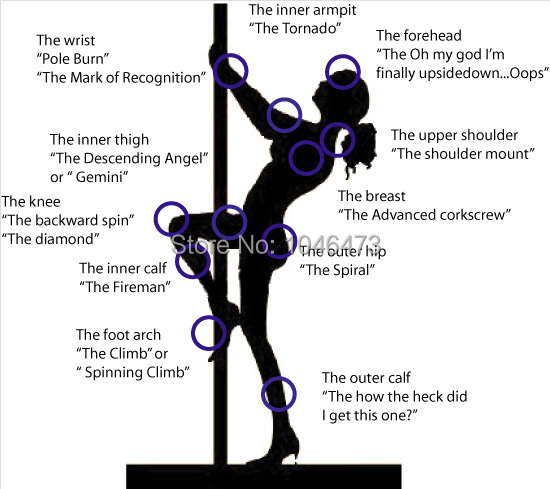 An important factor that helps not to gain extra pounds is a fast metabolism, which can only be achieved with the help of a power load. Dancing is first and foremost a cardio workout. Therefore, do not forget to add strength exercises to them 2-3 times a week to achieve a really high-quality result!
An important factor that helps not to gain extra pounds is a fast metabolism, which can only be achieved with the help of a power load. Dancing is first and foremost a cardio workout. Therefore, do not forget to add strength exercises to them 2-3 times a week to achieve a really high-quality result!
Read also:
- Live dancing - a new project from FitCurves
- Fitness for pregnant women
- FitCurves workouts
- How to lose weight after 40?
How many calories does dancing burn - Goldy-Woman.com
Loading...
How many calories does dancing burn? And because dancing is fun to do, this makes it one of the most successful physical activities for losing weight and maintaining a normal weight: you are unlikely to quit doing it, because you love it!
Dancing as a form of exercise uses a wide variety of movements, involving many muscle groups in dynamics - and this burns a significant amount of calories. Exactly how many calories dancing burns depends on what style of dancing you do.
There are a lot of dances, among the most popular: salsa, hip-hop, ballet, swing, ballroom dancing, belly dancing, breakdance, folk, zumba, pole dancing - all this counts as a workout.
Below we give an approximate cost for each type of dance; All values are approximate and have been calculated for people weighing between 55 and 85 kg. Actual numbers will vary based on weight, amount of muscle mass, gender, and intensity or energy put into the dance.
Hip-Hop
This dance includes a wide range of full body movement, which puts it high on the calorie expenditure scale. Hip-hop often includes freestyle, which causes muscle groups to “guess” what movement is next - this increases the response to physical activity and reduces the likelihood of a plateau effect. An hour of hip-hop uses approximately 370 (for people with a small weight) to 610 (for people with a weight of more than 80 kg) calories.
Salsa
Salsa burns approximately 405 calories per hour for a 60 kg person and 480 calories for an 80 kg person.
Ballet
We calculated that ballet burns 389-450 calories per hour. Bonus of ballet: good posture, strong "corset" muscles, flexibility and very strong legs. Ballet is known for making a beautiful, long, well-proportioned body. But ballet is a very difficult type of dance, it requires a lot of strength. Professional soccer players have been known to use ballet training to improve their performance.
Swing
Burns 300-550 calories due to its intensity. There are also styles of swing with jumps and a number of maneuvers with a partner - in such cases, swing can burn even more calories.
Ballroom dancing
Ballroom dancing burns different amounts of calories depending on the intensity. Slow - 150-220 calories per hour, fast - 250-320 calories per hour.
Belly dance
Belly dancing burns 270-320 calories - this is a low intensity style. Faster and more intense styles burn 290-360 calories.